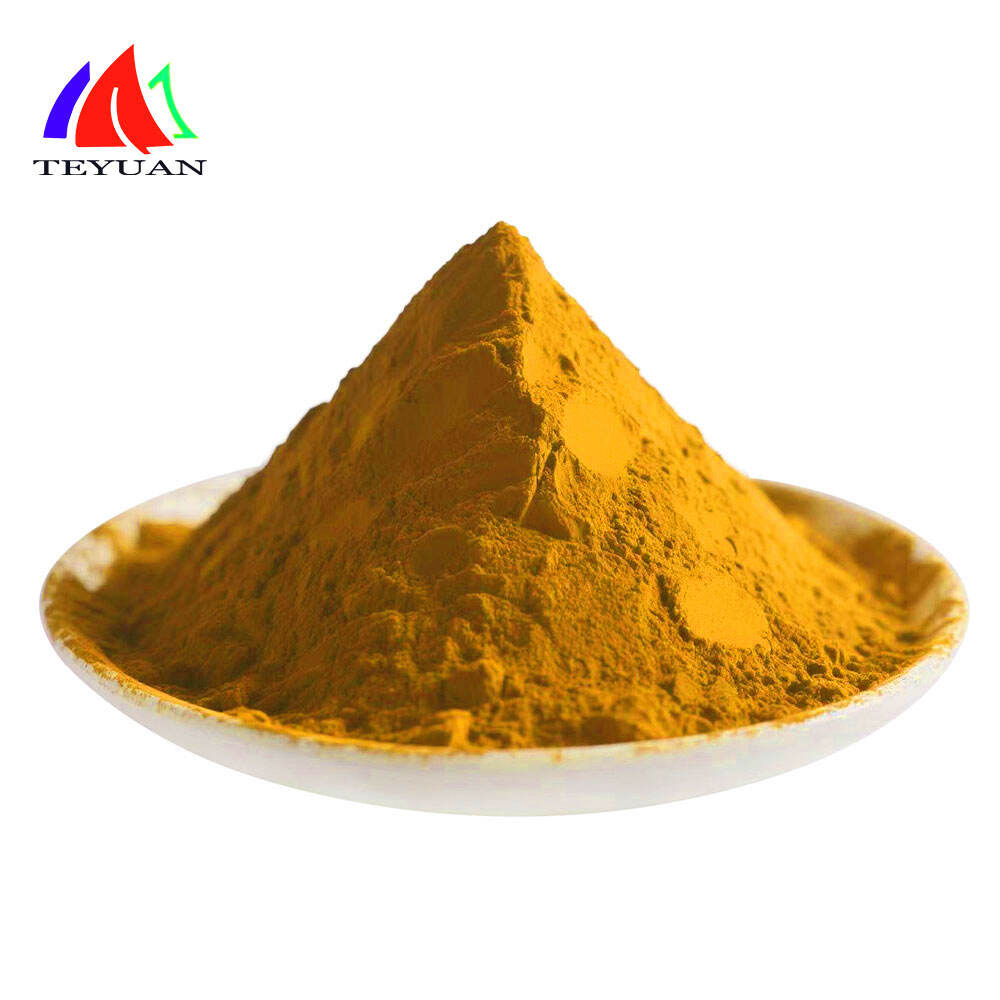inorganic color pigments
Inorganic color pigments are synthetic mineral compounds designed to impart color to various materials and products. These versatile substances are characterized by their exceptional stability, durability, and resistance to environmental factors. Manufactured through precise chemical processes, these pigments consist of metal oxides, mixed metal oxides, and other inorganic compounds that create vibrant and lasting colors. The technological features of inorganic pigments include high temperature resistance, excellent light fastness, and remarkable chemical inertness. Their primary functions encompass providing consistent coloration, UV protection, and enhanced durability to the final products. These pigments find extensive applications across multiple industries, including construction materials, plastics, coatings, ceramics, and industrial paints. Their superior weather resistance makes them particularly valuable for outdoor applications, while their non-toxic nature ensures safety in consumer products. The manufacturing process involves careful control of particle size, crystal structure, and surface treatment to optimize performance characteristics. Modern inorganic pigments also incorporate advanced surface modifications to improve dispersibility and compatibility with various binding systems, ensuring uniform color distribution and enhanced processing efficiency.


